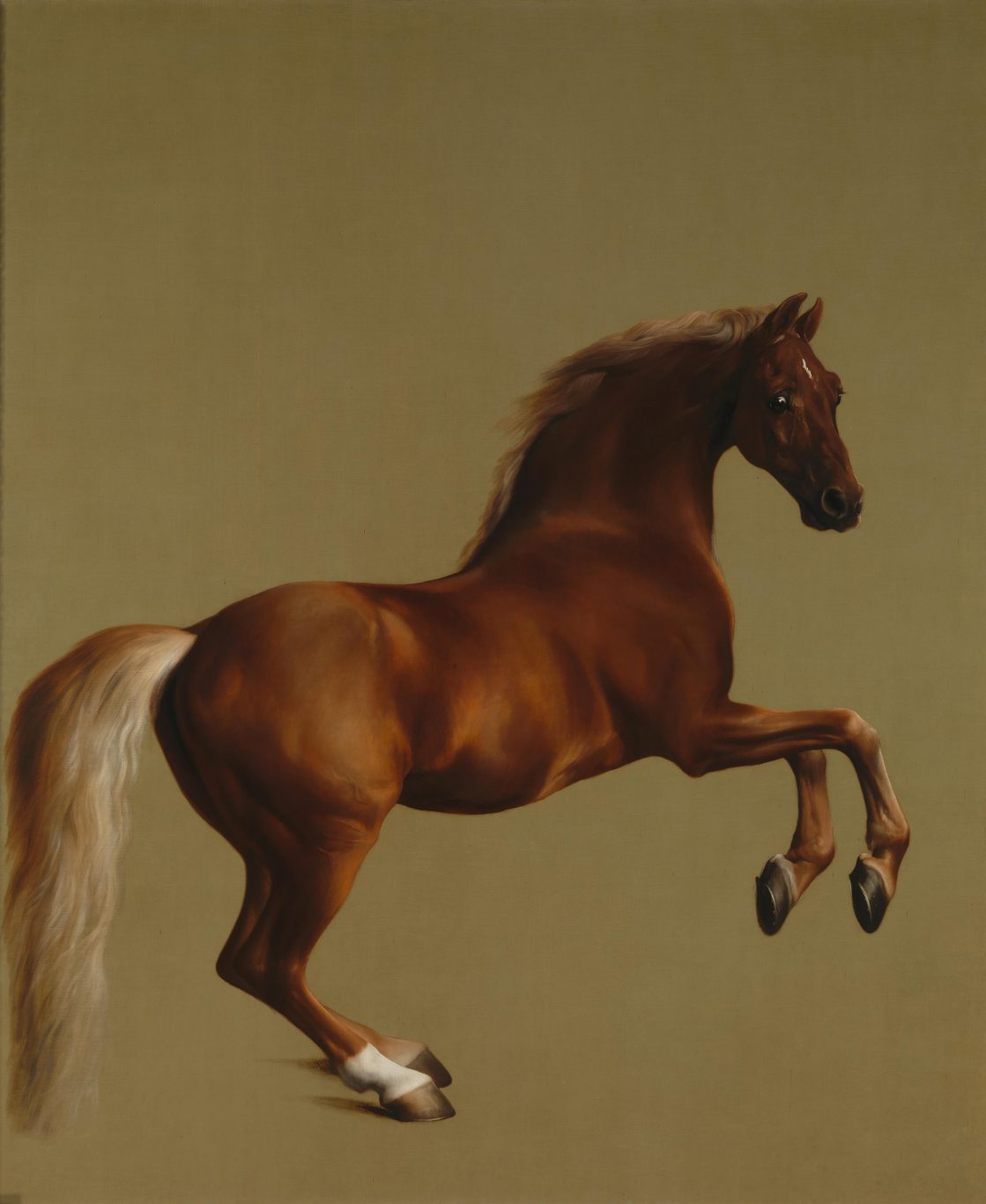After Terrance Hayes completed American Sonnets for My Past and Future Assassin (out today, June 19, 2018 from Penguin), comprised of seventy poems—out of hundreds that he wrote—titled, similarly, “American Sonnet for My Past and Future Assassin,” he found he had some remaining fragments and lines that yet “begged and still beg for shape.” From them Hayes has been making drawings. He sometimes refers to them as sentence diagrams; other times, visual essays. The drawings, like the poems, ask what America is, who Americans are, and much more. When I spend time with them, I often find myself thinking of the opening lines of one of the “American Sonnet for my Past and Future Assassin” poems, published in the American Poetry Review‘s July/August 2017 issue: “It was discovered the best way to combat / Sadness was to make your sadness a door.”
—Sumita Chakraborty, Art Editor
Two Black Women

The Parts and Functions of an American Sonnet


___
Terrance Hayes is the author of six poetry collections, including American Sonnets for My Past And Future Assassin. To Float In The Space Between: Drawings and Essays in Conversation with Etheridge Knight is forthcoming in September 2018. His website is terrancehayes.com.







